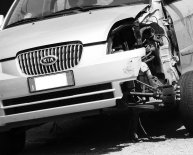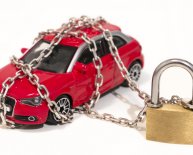
Best full coverage Auto insurance
You depend on your car for many things: getting to work, the grocery store, soccer practice, vacation. In order for most aspects of your life to function easily and efficiently, you need your car to operate just as efficiently. A car insurance policy that covers it against virtually any kind of mishap ensures you'll be able to get where you need to be. And you don't have to pay a lot for that kind of coverage-if you do your homework.
Defining Full Coverage Auto Insurance
A company advertising full coverage auto insurance is being slightly disingenuous; there's actually no policy that can be defined as "full, " since the upper limits on, say, liability coverage, can differ from company to company. Full coverage auto insurance usually means your car is protected from physical damage and from liability. For physical damage, you need two types of coverage: collision insurance will protect you from damages caused by direct impact, like an accident; comprehensive insurance includes damage such as broken glass, or caused by theft and vandalism. The liability aspect protects you from damages you cause to other cars and/or drivers. This can include bodily injury liability, property damage liability, and other coverage.
The State Says Buy
The liability part of your policy under full coverage auto insurance is determined largely by the state. In order to be "fully" covered, you have to purchase a minimum amount of liability insurance as defined by state law. This differs state to state. In Alabama, every driver must buy bodily injury liability of at least $25, 000 per person and $50, 000 total per accident, as well as $25, 000 in property damage liability. Other states also require coverage for uninsured/underinsured drivers; Oregon, for example, requires a minimum bodily injury policy of $25, 000/$50, 000 for uninsured/underinsured drivers. Some state laws call for proof of "financial responsibility, " but a car insurance policy is usually the easiest and most affordable way to show such proof.

















